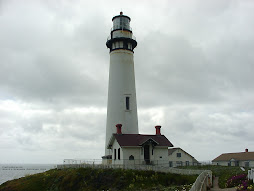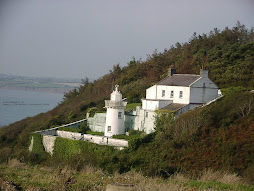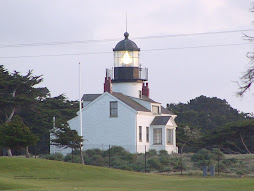It's two-thirty on a warm August afternoon. The operator of a new 27 foot express cruiser, with three passengers aboard, has just finished fueling, loading 80 gallons of gasoline into his tanks. He closes the tank fill, and runs his bilge blowers for four minutes. The gasoline smell lingers, but he's sure it must be from the tank vents and the fuel dock. He starts to turn the key, hesitates a second, and fires up the engine.
Later, from the burn ward at the trauma center, he says he never heard or saw the explosion that threw him into the water, killed one of his passengers, and severely injured the other two. Nor did he see the ensuing fire that destroyed his boat and damaged the fuel dock and two adjacent vessels. "What went wrong?", he asks. "I ran the blowers like I should and still the boat exploded."
This captain broke the cardinal rule of safety on gasoline fueled boats. He didn't lift the hatches, look and sniff, to be sure that fuel hadn't leaked into the bilge. In his case, a loose clamp on the single clamped fuel fill, had allowed several gallons of gas to run into the bilge, where it vaporized and ignited when the engine was started.
Gasoline is strange stuff. A mixture of aliphatic hydrocarbons, it has a flash point of minus 50 degrees Fahrenheit (-50F). So, even in the coldest temperatures, it'll still burn. It's vapor density is three to four times that of air, which is why fumes find the lowest point of your boat, the bilge. It has a lower explosive level of 1.3% and an upper explosive level of 6%, meaning that when mixed with plain old air (vaporized), anywhere between those percentages, and given an ignition source, it's gonna blow. Autoignition temperature is 536 F to 853 F, so if you heat it up on a hot manifold, poof!
So, what can you do to reduce the potential for an explosion and fire? There are a few ways. First, before you start those engines, or generator, raise the hatches, get down below and take a good sniff. There should be no odor of gasoline in a properly maintained vessel. Second, regularly check all fuel system hoses and clamps. All fill line fittings should be double clamped at the tank and deck fitting. Vent hoses should be double clamped at both ends. Damaged hoses should be replaced immediately. Third, be sure your blowers are adequate, properly connected, and draw air from the lowest points of the bilge to exhaust any possible vapors. Finally, consider investing in a vapor detector or "sniffer" for your bilge. They're invaluable sentries when you're underway, and can't sniff the bilge for yourself.
My personal story had a much happier ending than the one above. Returning to the dock after an afternoon cruise on my sportfisherman, I climbed down from the flybridge to the main deck, where I smelled the strong odor of gasoline. I thought one of my neighboring boaters was filling an outboard tank, but this was even stronger. The odors seemed to be coming from my bilge. I opened the hatch to find the port tank had ruptured, and the bilge awash in gasoline. I won't bore you with the cleanup details, nor the precautions we took to preclude ignition, but there were many. The important thing is that there was no explosion or fire. I always run with the ventilation blowers on. I feel it provides an extra margin of safety, and in this case, the blowers likely kept the vapors minimized until the engine was shut down, and all electrical circuits de-energized. Cheap insurance, replacing a blower every two or three years.
Explosion and fire is a terrifying ordeal on shore, more so aboard. Protect your vessel, and your life, by practicing safe fueling, ventilation, and fuel system maintenance.
Safe Boating.
Top 60 Boating Tips by Boating Magazine
Thursday, August 28, 2008
EXPLOSIVE NEWS
Labels:
bilge blower,
boat fire,
deck fittings,
explosion,
fuel,
fuel tank,
gasoline,
marine safety,
vaporized,
ventilation
Subscribe to:
Post Comments (Atom)









1 comment:
Good thing there are International Air Ambulance Service today.
Post a Comment